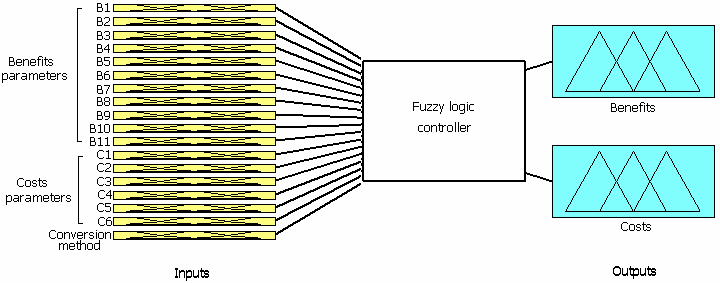Solar Energy By S P Sukhatme Pdf Editor
Post Graduate Programme (Renewable Energy Engineering), CTAE, Udaipur. Sukhatme S.P., Solar Energy, Tata McGraw Hills P Co. 3 BIO-ENERGY CONVERSION AND PROCESSING. SOLAR ENERGY AN – AWAKENING: A DOCUMENTARY FOR. Editing, Insertion of Graphics, Voiceover and Background music v. The screenplay began with a preamble by Padmashri S. Sukhatme, former Director of Indian.


User Review - Renewable Energy is the topic of the day for the industrial sector as much it is for every citizen. Power and water have proved to be key in survival of man.
The author while taking us through various stages in this work has presented his expertise and study on the country's capacity of fossil fuel which led to taking to nuclear power. The hazards of nuclear power and bringing to the notice that the importance of disposal of waste ought to be considered before depending on nuclear power. Environmental hazards have cropped up.Several NGOs in expert reports have submitted concern for it. The result is that Renewable energy is being considered s non hazardous source which requires revival. Soon we will also realise the power of hands when machines run opposer will be replaced by the skill of hands. Man has realised the importance of preserve nature.The work makes the reader aware of that only non destructive sources be adopted which will make studies and inventions hand over to our successors a healthy and prosperous planet.
Solar PV is now the third most important renewable energy source, after hydro and wind power, in terms of global installed capacity. Bringing together the expertise of international PV specialists Photovoltaic Solar Energy: From Fundamentals to Applications provides a comprehensive and up-to-date account of existing PV technologies in conjunction with an assessment of technological developments. Key features: • Written by leading specialists active in concurrent developments in material sciences, solar cell research and application-driven R&D. • Provides a basic knowledge base in light, photons and solar irradiance and basic functional principles of PV. • Covers characterization techniques, economics and applications of PV such as silicon, thin-film and hybrid solar cells. • Presents a compendium of PV technologies including: crystalline silicon technologies; chalcogenide thin film solar cells; thin-film silicon based PV technologies; organic PV and III-Vs; PV concentrator technologies; space technologies and economics, life-cycle and user aspects of PV technologies.
• Each chapter presents basic principles and formulas as well as major technological developments in a contemporary context with a look at future developments in this rapidly changing field of science and engineering. Ideal for industrial engineers and scientists beginning careers in PV as well as graduate students undertaking PV research and high-level undergraduate students. 